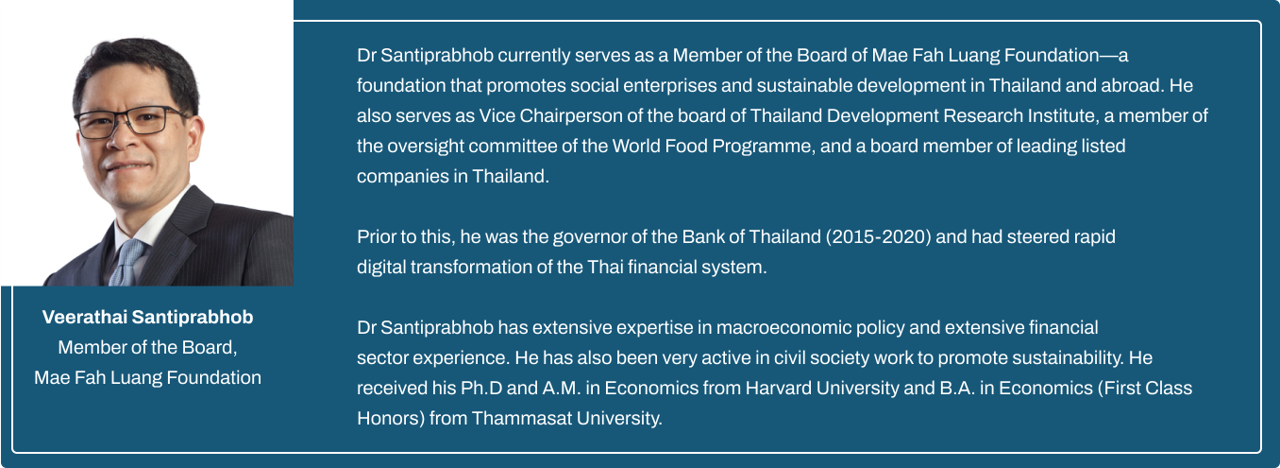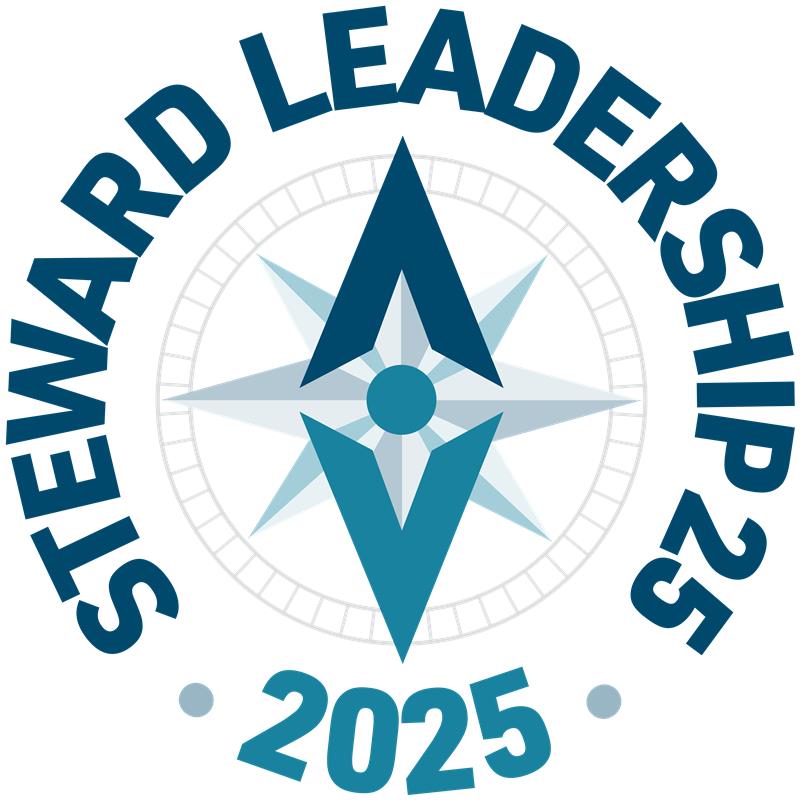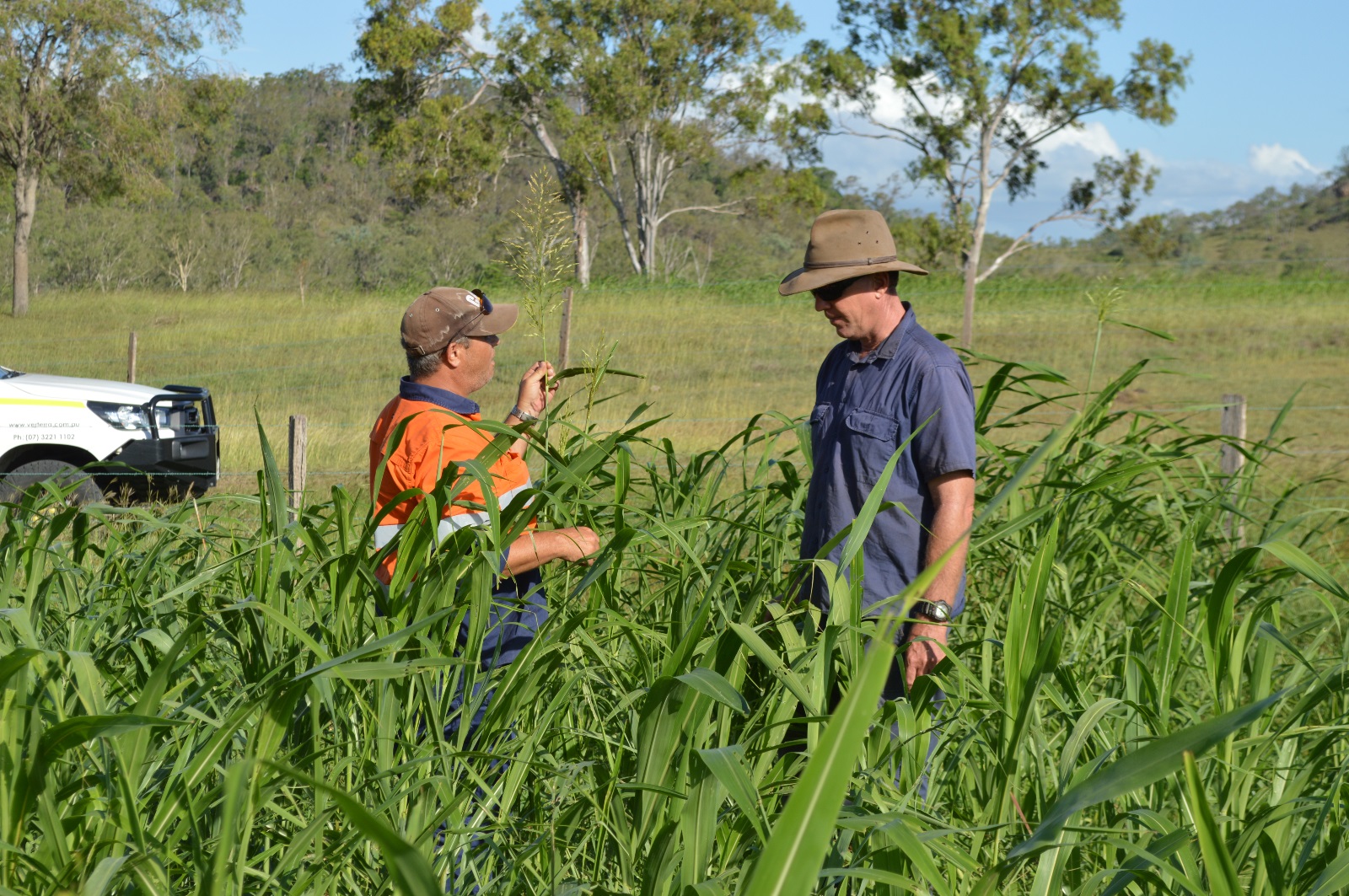Verterra’s DROVER Land Management regenerates 21,000 ha of pasture and prevents 20,000 tonnes of sediment entering the Great Barrier Reef each year, proving sustainable grazing can deliver both economic returns and environmental protection.
Challenge
When heavy rains hit Queensland’s grazing country, they carry more than water downstream. Sediment stripped from pasture lands flows into rivers and lagoons, clouding the waters of the Great Barrier Reef. The sediment smothers seagrass, puts coral under stress, and reduces the Reef’s resilience to bleaching events. Globally, the picture is similar: more than half of the world’s grazing lands are degraded, producing less pasture, supporting fewer cattle, and sending more runoff, sediment and nutrients into waterways than well managed land.
For graziers, this means lost productivity and income. For the Reef, it accelerates ecological decline. Regulations in Queensland set minimum ground cover requirements, but they do little to address the root causes of erosion or incentivise land restoration at scale. A more holistic, incentive-driven approach was needed—one that benefits graziers, ecosystems, and communities alike.
-discusses-pasture-management-with-wayne-hanrahan---towarra-1.jpg?sfvrsn=54dcb88a_2)
Solution
Verterra created DROVER Land Management—DROVER stands for Dynamic Reference for Optimising Value and Erosion Reduction—and is the basis of a comprehensive land management service that blends ecological science with local landholder knowledge. DROVER Land Management offers valid baselines, project design, advanced modelling, robust monitoring and verification to quantify improvements in land condition and water quality resulting from improved grazing practice.
Using satellite analysis, drone imagery, and on-ground surveys, Dynamic Reference Cover Modelling (DRCM) distinguishes between seasonal changes and genuine management impacts. This precision allows tailored, evidence-based interventions such as rotational grazing, revegetation of eroded areas, multi-species pasture planting and whole-of-property planning to restore soil health and deliver long-term resilience
DROVER Land Management also links landholders to ecosystem service markets. Through the Reef Credit Scheme, landholders are paid for reducing sediment runoff. Soil carbon improvements can generate carbon credits, while healthier pastures lead to increased cattle productivity and higher revenues. Stewardship becomes economic value.
Cattle productivity has increased by up to 60%, delivering clear economic benefits alongside ecological gains.
Impact
Across four demonstration properties—Montevideo, Moonkan Park, Toowarra, and Calliweera—the DROVER approach has regenerated 21,000 hectares of pasture, prevented nearly 20,000 tonnes of sediment each year from entering the Fitzroy River and Great Barrier Reef lagoon, and sequestered more than 9,000 tonnes of CO₂e annually in soil carbon.
The ecological benefits extend beyond erosion control. Multi-species pastures have improved soil fertility and biodiversity, while increased water retention means less runoff and greater drought resilience. The social impact has been equally significant. Landholders have increased the profitability of their enterprise, while communities benefit from stronger rural economies. DROVER Land Management has fostered participatory management frameworks with government extension officers, NRM groups, and Traditional Owner communities, turning each property into a demonstration site for regenerative grazing.
Future outlook
Verterra plans to expand its DROVER Land Management service to other Great Barrier Reef catchments, including the Burdekin and Wet Tropics, before scaling nationally and internationally. By 2030, the goal is to work with 1,200 grazing enterprises to regenerate 4.8 million hectares of land and prevent more than 400,000 tonnes of sediment from reaching the Reef each year. Partnerships with local NRM groups, Traditional Owner communities, and corporate sponsors will accelerate adoption, while ecosystem service markets will help fund the transition for landholders.
By proving that better grazing management can restore ecosystems, lift farm profitability, and protect one of the world’s most iconic marine treasures, DROVER Land Management is setting a template for climate-resilient agriculture that benefits both people and the planet.

Verterra is Australia’s leading ecological engineering company, delivering nature-based solutions across the mining, energy, water, forestry, agriculture, and infrastructure sectors. Combining leading-edge science with practical, on-ground expertise, Verterra works with clients to turn environmental risk into economic value.
Verterra was named winner of the “Embracing Innovation” category at the 2024 Telstra Business Awards and is part of the Deloitte Ignite + Scale program, designed to support innovative Queensland businesses.
Learn more about Verterra Ecological Engineering through their website. To collaborate or connect, reach out directly to our SL25 team.
Connect














